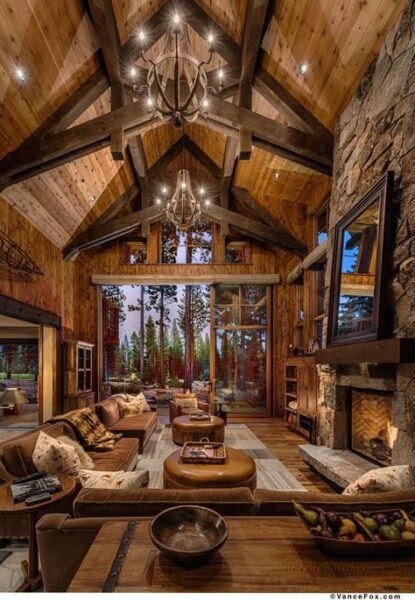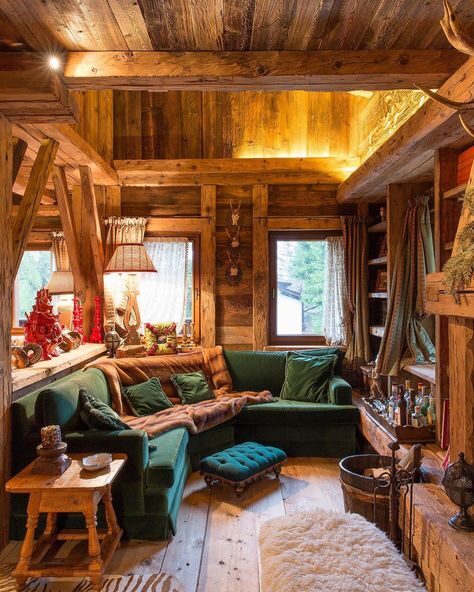The interior design of log cabins embodies a harmonious blend of functionality and artistry, creating spaces that are both practical and aesthetically pleasing. In this article, we will analyze how the interior design of log cabins integrates the principles of functionality and artistry. We’ll provide tips and insights for selecting furniture that suits the space and style, as well as ideas for optimizing living and working spaces within the cabin.

Analyzing the Integration of Functionality and Artistry: The interior design of log cabins is characterized by its ability to seamlessly integrate functionality with artistic expression. Every piece of furniture and decor serves a practical purpose while contributing to the overall aesthetic appeal of the space. From the layout of the rooms to the choice of materials and finishes, every design decision is made with both form and function in mind. By embracing the natural beauty of wood and incorporating elements of rustic charm, log cabin interiors exude a sense of warmth and authenticity that is both functional and artistic.

Tips for Selecting Furniture: When choosing furniture for a log cabin, consider the space available, as well as the overall style and ambiance you wish to achieve. Opt for pieces that are well-crafted, durable, and able to withstand the rigors of cabin life. Look for furniture made from natural materials such as wood, leather, and stone, which complement the rustic aesthetic of the cabin and add warmth and texture to the interior. Consider the scale and proportion of each piece in relation to the size of the room, ensuring that furniture does not overwhelm the space or impede circulation. Additionally, select furniture with multifunctional features, such as storage ottomans, convertible sofas, and foldable tables, to maximize space and versatility within the cabin.

Ideas for Optimizing Living and Working Spaces: In a log cabin, optimizing living and working spaces is essential for creating a comfortable and efficient environment. Start by defining distinct areas for various activities, such as sleeping, dining, lounging, and working. Use furniture placement and room dividers to delineate these areas and create a sense of flow and organization within the cabin. Consider incorporating built-in storage solutions, such as shelves, cabinets, and closets, to minimize clutter and maximize storage space. Additionally, make use of vertical space by installing loft beds, hanging shelves, or wall-mounted desks to free up floor space and create a sense of openness. Finally, prioritize natural light and ventilation in the design to create a bright and airy atmosphere that promotes productivity and well-being.

Conclusion: The interior design of log cabins exemplifies the perfect marriage of functionality and artistry, creating spaces that are both practical and visually appealing. By carefully selecting furniture that complements the space and style, and optimizing living and working spaces to maximize efficiency and comfort, log cabin interiors become inviting retreats that reflect the unique lifestyle and personality of their occupants. Whether it’s a cozy reading nook nestled by the fireplace or a rustic dining area bathed in natural light, each space within the cabin tells a story of thoughtful design and creative expression. Ultimately, the interior design of log cabins celebrates the beauty of simplicity and the timeless allure of cabin living, creating spaces that are both functional sanctuaries and works of art in their own right.
